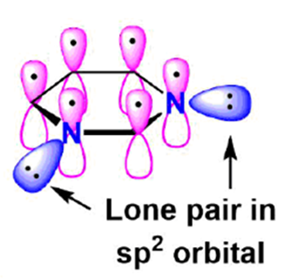2010-06-2
2-Amino-4-phenylthiazole
- 4-Phenylthiazol-2-amine
- 2-AMINO-4-PHENYLTHIAZOLE
- 2010-06-2
- 4-Phenyl-1,3-thiazol-2-amine
- Phenthiazamine
Get a free no-obligation quote
We typically respond within 30 minutes during business hours!
Related Article(s)
Iodobenzene: Synthesis, reactions, environmental exposure, safety and applicationsJun 25, 2023

Iodobenzene is an organoiodine molecule that has one of its benzene rings switched out for an iodine atom. Iodobenzene has an empirical formula of C6H5I and a molecular weight of 204.01g/mol. In organic chemistry, it is utilised as an important intermediate in the synthesis process.
Methoxy benzene: synthesis and applicationsJun 18, 2023

Anisole, commonly known as methoxybenzene, has the molecular formula CH3OC6H5. It does not have an odour, but it has the appearance of anise seed, and some of its derivatives are utilised in fragrances, both natural and artificial. As a scented liquid used in perfume, flavourings, insecticides, and solvents.
Benzene Compounds: Chemical structure and derived compounds Aug 7, 2022

The most fundamental organic chemical is benzene, which belongs to the group of aromatic hydrocarbons. In crude oil, you may find naturally occurring benzene, as well as many other fundamental petrochemicals.
Aromatic Heterocycles: Introduction, classification and applicationsJul 20, 2022

An aromatic heterocycle is a type of cyclic compound that has more than just carbon in it. Most heterocyclic molecules have carbon and other elements like nitrogen, oxygen, or sulphur in their structure.
Amines: Synthesis, classification, biochemical significance, applications and hazardsJul 18, 2022

Amines are the compounds that have nitrogen atoms with a lone pair. They are either gaseous when they are at room temperature or vaporized when they are heated quickly. They have a fishy smell at low molecular weight.


